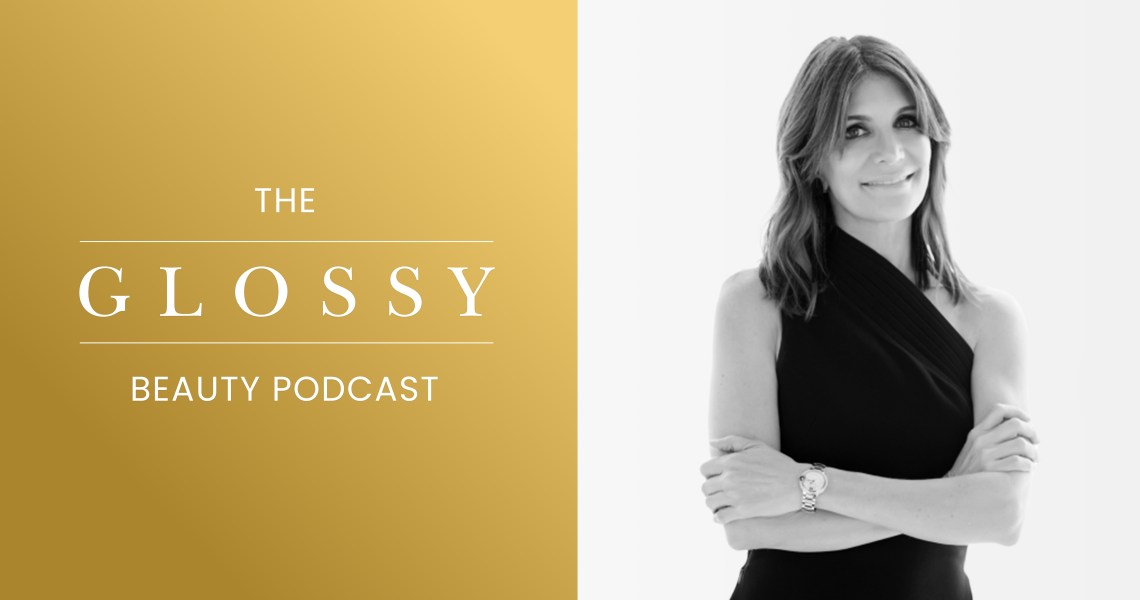Subscribe: iTunes | Stitcher | Google Play |Spotify
When Tiffany Masterson founded Drunk Elephant in 2012, she wanted to create a brand that was not only clean (although that wasn’t an established category at the time) but also free of a handful of ingredients she personally considered problematic, which have since become known as “the suspicious six.”
“The suspicious six are ingredients that I suspect are at the root of skin issues,” said Masterson. “Essential oils are clean, but are they bio-compatible with your skin? Those are two different things. The suspicious six are ingredients that I avoid, which are included in most brands’ products and that I really feel are problematic.”
Drunk Elephant has been able to maintain a steady growth over the years alongside its sole retail partner, Sephora. Early this month, it launched its own physical retail space — a pop-up in NYC’s SoHo neighborhood.
On this episode of The Glossy Beauty Podcast, Drunk Elephant founder and chief creative officer Tiffany Masterson sits down with beauty editor Priya Rao to discuss how she built a clean brand before the category existed, how the brand is fostering a community on social media despite challenges and what it would take for her to sell her company. Edited highlights below.
Before beauty was “clean”
“When I launched Drunk Elephant, I was searching for a category name. I was actually asked in an email from Sephora pretty early on what category I would fall into — clinical or natural. I responded that it was a new category. There wasn’t another brand at that time calling itself ‘clean.’ There was non-toxic and all-natural — that’s what was going on in 2013. So I went with non-toxic, and I didn’t love it because I didn’t feel like it fully represented my brand. In 2015, we had to categorize our section in Sephora, and I went with clean, compatible and clinical. I really thought that my philosophy was clean, except that I was including in that “good for the skin” and “good for the body.” I was thinking of the whole picture, calling it clean, and no one was really using that word. Then brands started using that word, but they were defining it differently. Now, I would not define myself as just clean. We’re clean, but we’re also bio-compatible, and that was the word I was really searching for at the beginning.”
The double-edged sword of social media
“My philosophy from the beginning, with the approach to the consumer, is to be accessible. I really believe that if people are spending their money to buy my product, then I should be there to guide them and help them through — maybe it’s the mom in me. It’s my responsibility to make sure that people are using the product as intended, that they get their money’s worth and that they do have a good experience. I want to be on [social media] to answer their questions, hear their complaints, and hear what’s working and what’s not. I’m an open book there. I’m there; they can ask me anything they want — I even host our ‘Social Sunday’ now. There’s nothing off limits, except for [rudeness]. I kind of view it as my house: People come in, and I like to acknowledge them, like their comments and say thank you. But when someone comes into the house and is nasty and confrontational, or rude to the other people in the community, I think they should be asked to leave, because that’s not the kind of community I’m building.”
Looking for the right strategic partner
“[A sale] would really have to be with someone who shared my values — this will be a forever thing for me, because I’m not looking to sell my brand and move on. I don’t know if a sale will happen tomorrow, in a year or in 10 years, but I’m open to it and open to the right partner. For now, I’m going to keep my options open and be really careful to select somebody that really shares my values, will let me be who I am and let the brand continue to be what it is. It’s going to be a strategic thing for me, because I feel like the brand needs to step it up in certain areas. It’s not just about selling.”




